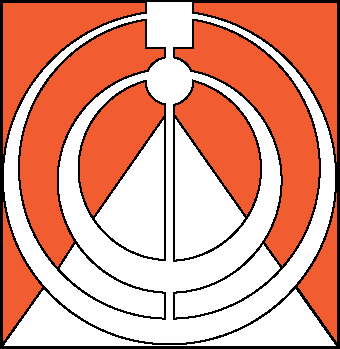Keeping It Local: Engaging Students with a Michigan-Centric Unit Challenge
Thursday, May 25, 2017
By Jayme Swanson, sixth grade teacher, Northeast Middle School, Midland
Five or six years ago, my science department decided we needed to redo our curriculum, and we did. We created a lot of good hands-on lessons, and when I tell other teachers that I haven't used textbooks for four or five years, some of them practically fall out of their chairs.
So when I had a chance to field test a Mi-STAR unit last year, I felt that I was reasonably well prepared. As it turned out, it was more work than I'd imagined. But after I saw the genius behind what Mi-STAR was doing, I wanted more. I wanted to pilot a unit.
So this year, I introduced my sixth graders to the unit Water on the Move. Since it was a pilot, I knew some things would go wrong, and that some things would change, so I leveled with my kids. I told them that this unit was brand new, and they could tell me what they liked and what they didn't. But more often than not, they liked it. In fact, sometimes I'd think a lab was going to be really boring, but then my students would love it. I know that teachers helped to write each Mi-STAR unit and it's clear that those teachers know a lot about what excites middle school students.
The glory of Mi-STAR is the Unit Challenge, a big problem students are called upon to solve before the end of the unit. At the beginning of the unit, I wondered, “How are they supposed to do that? They are 11 years old.†But ultimately, they did. Everything in the unit spirals back to that challenge, that one goal. Every lesson gives them a little piece of the puzzle, keeping them focused on the big prize. The Unit Challenge is what makes Mi-STAR unique and powerful.
To introduce the Unit Challenge in the Water on the Move unit, I told my kids that development had come to this little town in Michigan's Western Upper Peninsula and had messed it all up. Their nice little river was flooding in the spring and drying up in the summer, and they were tasked with developing a plan to restore it to health. We happen to live in an area that floods in the spring, so my students totally got into that problem.
That brings us to another aspect of Mi-STAR. Everything is centered on Michigan, and that's huge. I remember once telling my class about a lake in California, and you could practically see their eyes glaze over. But my students have been swimming and fishing around here all their lives. They know that water is a enormous part of Michigan; they know the streams, lakes, and rivers. When you can connect their science lessons to something that's happening it in their world, you are getting somewhere.
Outside our classroom is the track and football field, and early in the unit, one of the kids noticed that water always pools up on the far side of the track. They wondered why it always got so mucky and yucky. My old way of responding would have been just to tell them, but this time, I said, “We'll get back to that.†Later on, they determined on their own that the water was collecting in a low
spot due to gravity. That never would have happened before Mi-STAR.
This leads to the third thing that makes this way of learning so great. The students are learning to figure problems out for themselves. In this day and age, when every kid has a smartphone, they can't just Google Mi-STAR questions and get an answer. They have to think. I tell them, “Don't let the computer be your idiot box. Use your brain and talk to each other. That's what critical thinkers do.â€
The obvious result is the amazing work they do as they come to the Unit Challenge's culminating project. There are several ways to get to an answer that works, and not only were they finding those solutions, they were explaining them, drawing them, doing math.
Our school has been pilot testing Mi-STAR units for the past two years, and we are already seeing results. For one thing, Mi-STAR is getting cross-curricular. I teach language arts as well as science, and my language arts students are starting to use the terminology they learned in Mi-STAR units, like “criteria†and “constraints.†They are also beginning to figure things out for themselves, to be independent learners. For me, that's the most important lesson we can teach.
GET Mi-STAR NEWS BY E-MAIL!
Copyright © 2025 Mi-STAR
Mi-STAR was founded in 2015 through generous support provided by the Herbert H. and Grace A. Dow Foundation. Mi-STAR has also received substantial support from the National Science Foundation, the MiSTEM Advisory Council through the Michigan Department of Education, and Michigan Technological University.


















